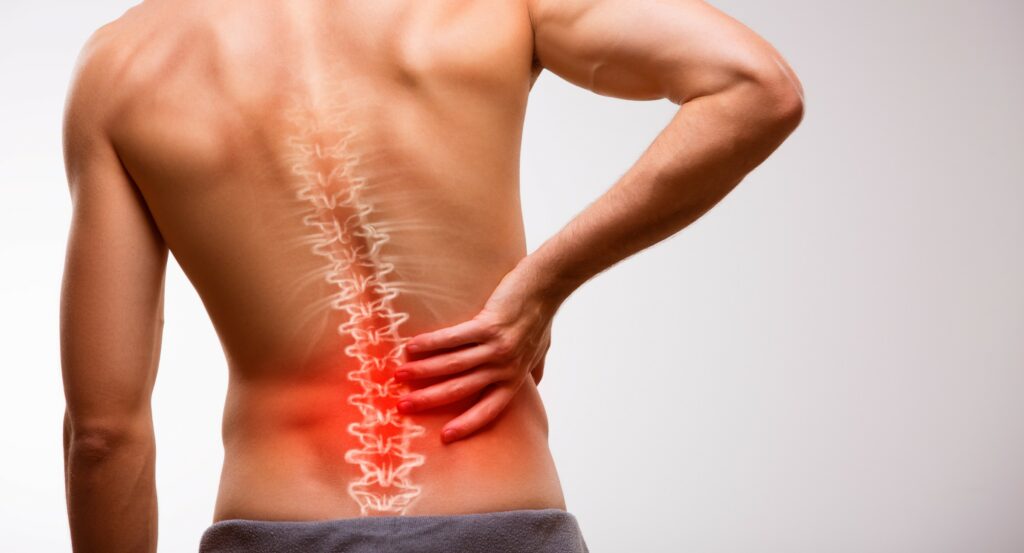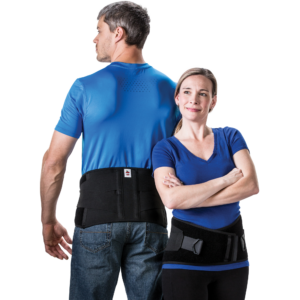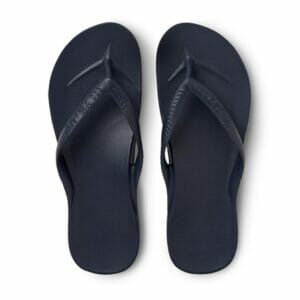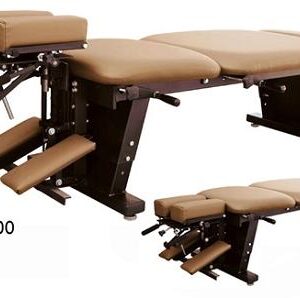Share:

The Effects Of Your Footwear On Your Spine
Wondering why your back hurts? Unfortunately, your favorite pair of shoes may be part of the problem. Believe it or not, a staggering 60-70% of people are wearing shoes that are either improperly sized, too narrow, or do not offer the proper cushioning or arch support. While this may seem like a minor concern, improper footwear can cause back pain, joint issues, reduced balance, and an increased risk of spinal injury.
We’d like to uncover the science behind this common issue and help you make informed footwear choices, ensuring you look as good as you feel.
The Wrong Footwear: Health Issues
Your feet have a big job—supporting your body weight and absorbing shock. But if you’re wearing the wrong shoes, they may alter how you stand, walk, and move, leading to:
- Uneven weight distribution
- Reduced shock absorption
- Bad posture
- Increased risk of spinal injuries
High heels are a prime culprit. Not only do they tilt your body forward, forcing it into an unnatural position, they also reduce balance and add extra stress to the back.
Sandals and traditional flip-flops are equally problematic because they do not offer adequate support, do not accommodate the natural foot arch, and lack proper cushioning—which means your spine has to bear the brunt of the shock when you walk and run.
The impact of improper footwear is far-reaching. In addition to straining the spinal column, the wrong shoes can lead to a loss of the lumbar curve and increased pressure on your knees, back, and hips. That’s because your body is trying to compensate for the work your shoes aren’t doing!
Selecting the Right Shoes
As you search for better, “spine-friendly” footwear, consider the following:
Lower is Better: A general rule of thumb is the closer to the ground you are, the better. Lower shoes not only facilitate better alignment between the feet, ankles, and spine, but they also align your center of gravity, promote even weight distribution, and improve balance and stability.
Ditch Your Traditional Flip Flops: Traditional flip-flops may feel comfortable, but most do not offer adequate support or shock absorption. The good news is there are plenty of orthotic alternatives to traditional flip-flops that look great and ensure you maintain better spinal health.
More Cushioning: Adequate cushioning is equally essential. Look for shoes that provide plenty of padding for improved shock absorption. This promotes natural foot movement and better balance while fighting foot fatigue.
Replace Old Athletic Shoes: If you’re a runner, keep track of your mileage. Running shoes should be replaced every 300-500 miles (or every six months). Of course, these numbers largely depend on your running style, weight, and the quality of your shoes.
Get the Right Fit: Most shoes are mass-produced, which means manufacturers cannot feasibly consider the nuances of every individual foot (the width, height of the arch, and more). Be sure to have your feet measured, and consider using insoles or custom orthotics; these are especially beneficial for those with flat feet and high arches.
Chiro1Source: The Premier Choice in Chiropractic Supplies
For over 22 years, Chiro1Source has been the go-to supply partner for all things chiropractic. Our mission? To make your life easier. Whether you’re looking for supplemental orthotics or a range of products to boost patient recovery and your practice’s bottom line, you’ll find it all here. Explore our diverse range of products now!





